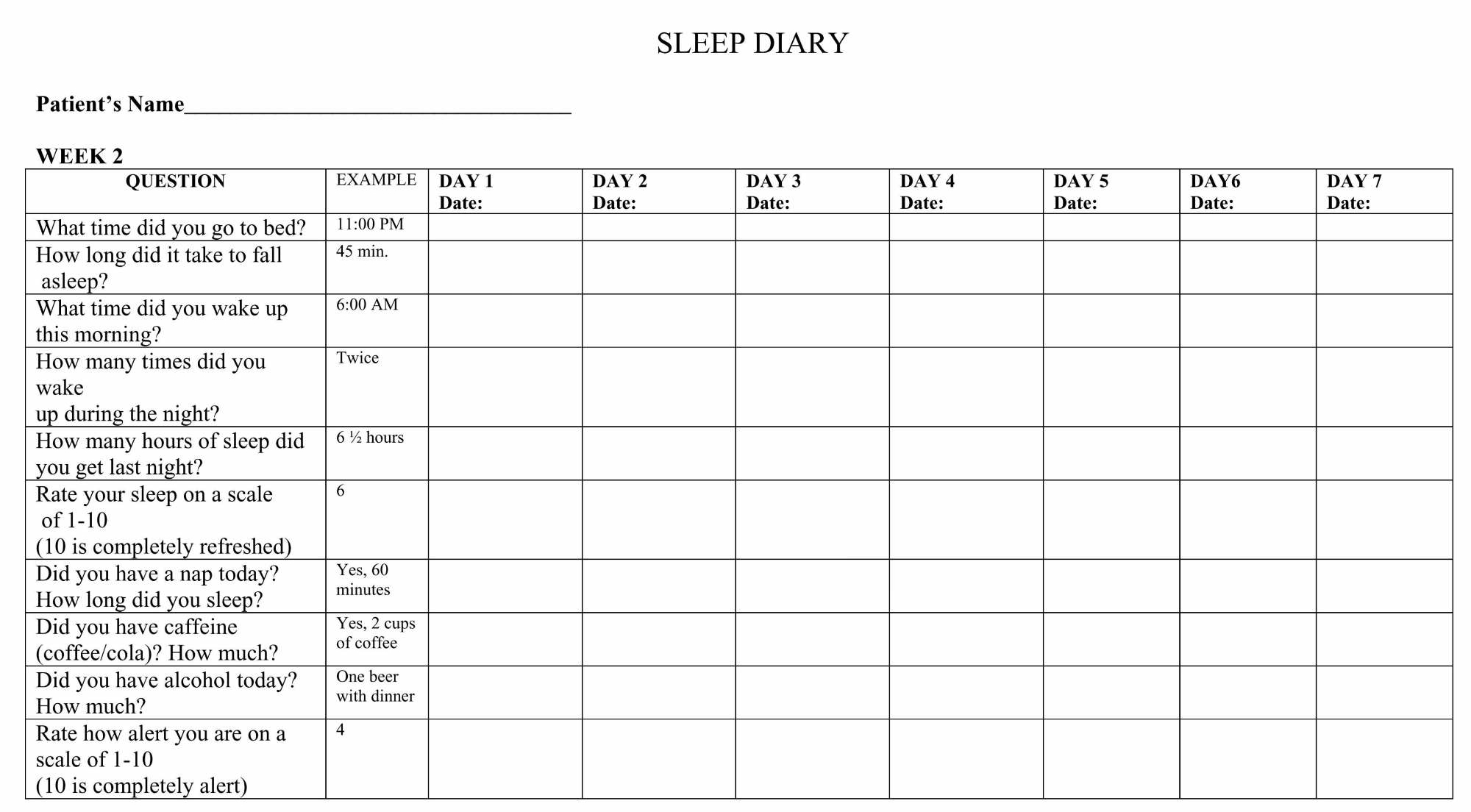A Practical Guide to Understanding and Improving Your Sleep
If you've ever found yourself pondering the nature of your sleep-related challenges, you're not alone. Let's explore the world of sleep disorders with a calm and supportive perspective, focusing on practical insights to guide you through this journey.
Decoding Sleep Disorders
To comprehend your sleep concerns, delve into the valuable information on sleep disorders provided on this site. Broadly, sleep disorders fall into three categories: insomnia, excessive daytime sleepiness, and disorders arising from specific abnormalities during the night.
Our focus here is on insomnia, and for other types of disorders, consulting your GP may be beneficial.
The Power of a Sleep Diary
Understanding your sleep patterns is a vital step in finding solutions. Enter the sleep diary—a simple yet powerful tool. By recording your nightly experiences each morning, you create a comprehensive record that serves several essential purposes:
- Memory Limitations: Relying on memory alone to assess sleep patterns is often insufficient. Sleep patterns fluctuate, and recalling specific details from weeks past can be challenging. A sleep diary ensures accurate and detailed documentation.
- Comparing Patterns: If you're contemplating changes to your sleep habits, a sleep diary becomes invaluable. It allows you to compare your 'new' sleep pattern with the 'old' one, providing insights into the effectiveness of your adjustments.
- Informing Decisions: The information gathered in a sleep diary can offer valuable insights, aiding in the decision-making process when considering changes to your sleep routine.
A sleepdiary can look as follows:
The Sleep Diary
Let's simplify the process with thesuggested format:
Feeling During the Day: Note your feelings upon waking and throughout the day. Feeling well-rested indicates sufficient sleep, while persistent fatigue may signal underlying issues.
Time to Fall Asleep: Record the time it takes to fall asleep. While there's no fixed maximum, exceeding approximately half an hour may warrant attention.
Night Wakings: Document instances of waking during the night. Consider factors like daytime napping, increased caffeine or alcohol intake, which might contribute to disruptions.
Weekend Variances: Note any differences between weekdays and weekends or holidays. Changes in sleeping environments, stress levels, wake-up times, or bedtime routines can offer insights.
Maintaining your sleep diary consistently provides a baseline for understanding your current sleep patterns. As you embark on making changes to your sleep habits, continue updating your diary to assess progress effectively. It's a practical tool to guide you through your journey to better sleep.
How to change your sleeping habits on the next page.

